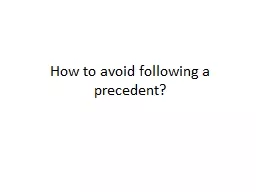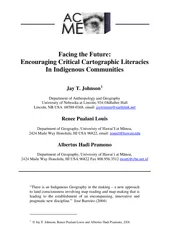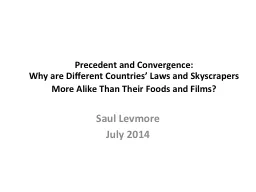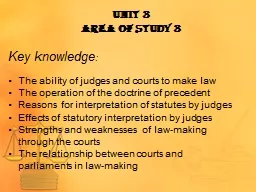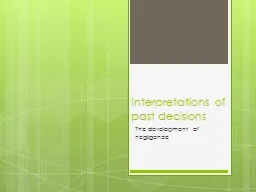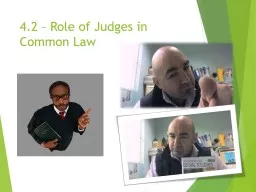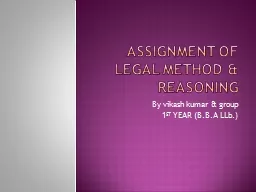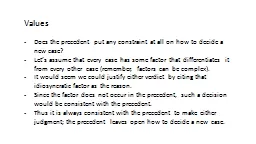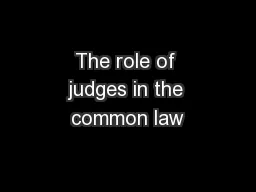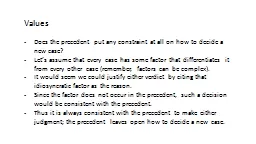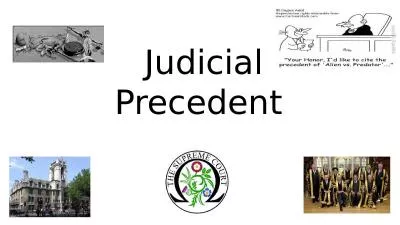PPT-How to avoid following a precedent?
Author : debby-jeon | Published Date : 2016-06-11
What can a judge do when there is a previous case which sets a precedent Distinguish their current case open to all levels of court Overrule the decision in the
Presentation Embed Code
Download Presentation
Download Presentation The PPT/PDF document "How to avoid following a precedent?" is the property of its rightful owner. Permission is granted to download and print the materials on this website for personal, non-commercial use only, and to display it on your personal computer provided you do not modify the materials and that you retain all copyright notices contained in the materials. By downloading content from our website, you accept the terms of this agreement.
How to avoid following a precedent?: Transcript
Download Rules Of Document
"How to avoid following a precedent?"The content belongs to its owner. You may download and print it for personal use, without modification, and keep all copyright notices. By downloading, you agree to these terms.
Related Documents

